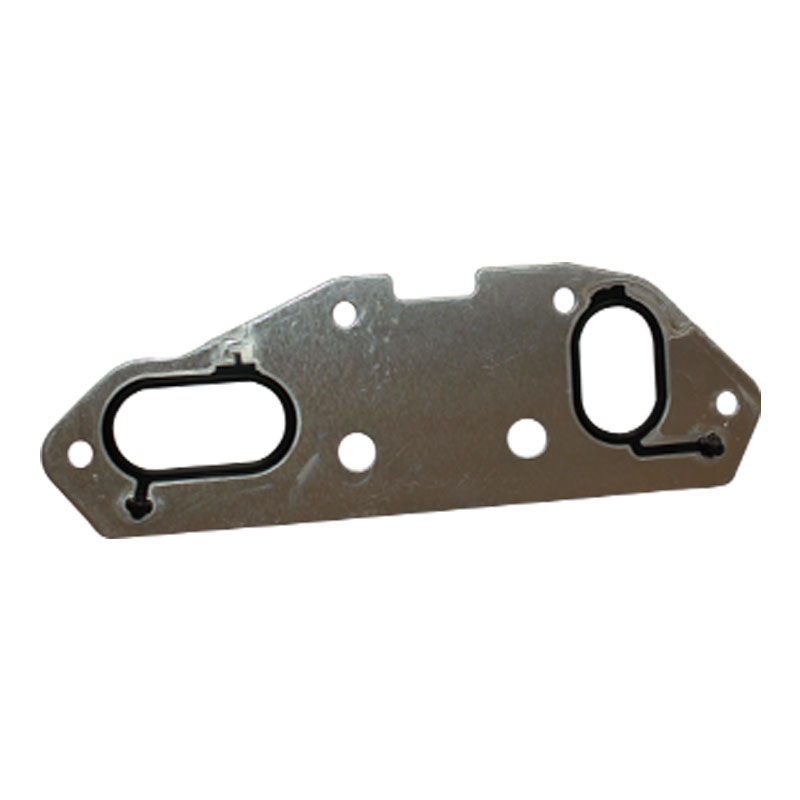Understanding Marine Shaft Bearings and Their Importance in Vessel Performance
Marine Shaft Bearings Essential Components for Maritime Engineering
Marine shaft bearings play a crucial role in the performance and efficiency of marine vessels. These components are vital for ensuring smooth rotation of machinery, particularly in the propulsion systems of ships, where they support the shafts that connect the engine to the propeller. Understanding the function, types, and maintenance of marine shaft bearings is essential for optimizing maritime operations.
At their core, marine shaft bearings are designed to reduce friction and wear as the shaft rotates
. They serve to support the weight of the shaft, maintain its alignment, and mitigate vibrations caused by engine operations. The effectiveness of a ship’s propulsion system hinges on these bearings, as any malfunction can lead to increased energy consumption, decreased performance, and potentially catastrophic failure.There are primarily two types of marine shaft bearings plain bearings and rolling element bearings. Plain bearings, often made from materials like bronze or rubber, provide a sliding surface that permits the shaft to rotate with minimal friction. These bearings are advantageous in marine environments as they can withstand corrosion and are relatively low-maintenance.
On the other hand, rolling element bearings utilize balls or rollers to facilitate rotational movement. These bearings offer higher load capacity and reduced friction, making them suitable for high-speed applications. However, they may require more frequent maintenance and are more vulnerable to contaminants in the maritime environment.
marine shaft bearings

Marine shaft bearings must also contend with unique challenges posed by the marine environment. Exposure to saltwater, varying temperatures, and debris can lead to accelerated wear and potential failures. Therefore, selecting the right material and type of bearing based on the specific operational conditions of a vessel is critical. Materials such as stainless steel, brasses, and specialized polymers are often favored for their durability and resistance to corrosion.
Regular maintenance is essential to ensure the longevity and efficiency of marine shaft bearings. Operators should conduct routine inspections to check for signs of wear, misalignment, and lubrication levels. Implementing a proactive maintenance schedule can help prevent unexpected failures, reduce downtime, and extend the lifespan of both the bearings and the shafts they support.
Additionally, advancements in technology have led to the development of smart bearings equipped with sensors that monitor performance in real-time. These innovations enable ship operators to receive alerts about potential issues before they escalate, paving the way for predictive maintenance strategies. Such technology not only enhances the reliability of marine operations but also contributes to cost savings by minimizing the risk of significant repairs and replacements.
In conclusion, marine shaft bearings are indispensable elements in the engineering of maritime vessels. Their design and functionality directly impact the performance and reliability of a ship’s propulsion system. By understanding the types, challenges, and maintenance practices associated with these components, marine operators can ensure optimal efficiency and safety in their operations. As the maritime industry continues to evolve, the emphasis on innovative bearing technologies will undoubtedly play a significant role in shaping the future of maritime engineering and sustainability.
-
Simplifying Oil Changes: A Comprehensive Guide to Oil Drain Plugs and Their Variants
News Aug.04,2025
-
Mastering Oil Drain Maintenance: Solutions for Stripped, Worn, and Upgraded Oil Plugs
News Aug.04,2025
-
Fixing Oil Pan Plug Issues: Leaks, Stripped Nuts, and the Right Replacement Solutions
News Aug.04,2025
-
Everything You Need to Know About Oil Drain Plugs: Sizes, Fixes, and Upgrades
News Aug.04,2025
-
Choosing the Right Oil Drain Plug: A Guide to Sizes, Materials, and Drain Innovations
News Aug.04,2025
-
A Complete Guide to Automotive Drain Plugs: Types, Problems, and Innovative Solutions
News Aug.04,2025
-
The Ultimate Guide to Car Repair Kits: Tools and Essentials Every Driver Should Own
News Aug.01,2025
Products categories















